Buy 🌟 Forclaz Trek 900, 0°F Down Packable Puffer 🎒 Backpacking Jacket, 👩 Women’s ⌛
$150.00 Original price was: $150.00.$92.99Current price is: $92.99.
- Experience the Best Quality
- The quality you expect, the service you deserve.
- The best quality products, always.
- Safe Transactions, Happy Customers

This RDS-certified, compressible down and feather jacket is also reinforced on the shoulders and hood.
This down jacket has a filling power of 660 in³ and heat-sealed seams so you can comfortably hike down to 0°F.
Thermal insulation
This down jacket, worn as a 3rd layer, has been certified for a comfort activity temperature of 0°F during a standardized test in a thermal chamber.
The model is wearing a synthetic long sleeve T-shirt and a light fleece underneath. It works with a simulated 3 mph wind.
In our heat comparison tool, it represents 4 stars.
We have also tested this model in “static” mode; The comfort temperature is 23°F in this case.
Heat-sealed compartments.
What does the RDS* certification mean?
RDS or “Responsible Down Standard” is a worldwide certification issued by an independent organization to volunteer brands.
This standard enables us to guarantee the origin of the feathers in accordance with our commitment to use responsible materials. Our suppliers are committed to sourcing down humanely, using plumage from waterfowl that have undergone no undue harm.
To find out more: https://www.forclaz.co.uk/what-is-rds-certification
Inflating power of down/feather filling
For this down jacket with its 85% down/15% feathers filling, the fill power is guaranteed to be 660 in³ or more (European standard).
The fill power is a measure of the down’s thermal insulation capacity and its potential to “trap” air. So, down with a higher fill power (higher in³ number) will occupy more space, trap more air, and provide greater thermal insulation.
What are the benefits of a duck down and feather fill?
The durability and fill power properties of down give this jacket 3 qualities for hiking:
– Thermal insulation provided by the air trapped in the down and feathers
– Ultra low weight: Down is lighter than synthetic fill while offering the same degree of warmth. This saves even more weight in your backpack
– Ultra-compressible
Reducing the risk of feather loss
The main stitching of the compartments containing the down and feather are heat-sealed to prevent the loss of feathers.
In case of rain
The material of the quilted jacket is water-repellent. It allows drops of water to slide off the fabric, which delays the penetration of water into the quilted jacket while you get out of the rain. The shoulders and hood of the jacket, which are more exposed to the rain, are waterproof. We nevertheless recommend wearing a waterproof jacket over the quilted jacket in the event of prolonged exposure to the rain.
How to wash your feather down jacket
In general, do not wash a down jacket too frequently.
Here are a few tips: Close all the zippers on your down jacket and put it in the washing machine (synthetics cycle at 86°F).
In order to preserve the fill power and warmth, you can even put 2 tennis balls in the machine
Be careful to set a gentle spin cycle: A fast spin cycle may create balls of feathers that are difficult to break up.
How to dry your down jacket
When you take your down jacket out of the washing machine, it will seem as if the down has gone. A tumble dryer is the best way to restore the fill power of the feathers. Put your down jacket inside with 2 tennis balls. Run 2-3 drying cycles.
If you don’t have a tumble dryer, you can dry your down jacket on a drying rack. Regularly turn it over and pat it.
For more advice, you’ve come to the right place!
https://www.forclaz.co.uk/how-should-i-look-after-my-down-jacket
How to reactivate the waterproofing properties
The water-repellent treatment becomes less effective with time, washing, and use.
Here is how to restore the water-repellent properties of your padded jacket!
https://www.forclaz.fr/comment-entretenir-et-reparer-une-veste-impermeable#bb3c2173-7b8d-42fd-af91-82649f9d9000
You can also use the water repellency restorer:
https://www.decathlon.co.uk/p/fabric-waterproofing-liquid-250-ml/_/R-p-308192
Determining the environmental impact of our products
The environmental impact of the product is calculated based on its entire lifecycle and using different indicators. A general score from A to E is provided to help you easily identify the most eco-friendly products by comparing products of the same type (T-shirts, pants, backpacks, etc.).
Decathlon is committed to displaying this environmental information.
For more info: http://sustainability.decathlon.com/
Weight of the fill
2XS: 5.1 oz
XS: 5.4 oz
S: 5.6 oz
M: 6 oz
L: 6.3 oz
XL: 6.9 oz
How to repair your padded jacket if it has a tear
A tear on a padded jacket can happen when backpacking, and the good news is it can be repaired! You can either mend it or apply a heat-bonded patch so that the tear doesn’t get any bigger and the feather/down escapes.
Don’t feel at ease carrying out this repair yourself? Don’t worry! Our in-store Decathlon workshops offer a repair service for your padded jackets.
Composition
Padding : 90.0% Grey duck down, Padding : 10.0% Grey duck feather
Main fabric : 100.0% Polyamide
Lining : 100.0% Polyamide
Yoke : 100.0% Polyamide
Pocket : 100.0% Polyamide
Warmth : Comfortable between 23°F and 0°F.
RDS down with a fill power of 660 in³
Compact design : Can be stuffed into its inner pocket to save space in the backpack.
Water repellent : Completely water-repellent fabric. Waterproof hood and shoulder inserts.
Durability : Strengthened shoulder panels and cuffs for abrasion resistance.
Ventilation : Zipped air vents that help to eliminate the heat generated by the body
Weight : This down jacket only weighs 1.1 lbs in size S
| Color | Purple, Carbon Gray |
|---|---|
| Size | XS, S, M, L, XL, 2XL |
Be the first to review “Buy 🌟 Forclaz Trek 900, 0°F Down Packable Puffer 🎒 Backpacking Jacket, 👩 Women’s ⌛” Cancel reply
Related products
Camp Furniture
Camp Furniture
Hiking Clothing
Hiking Clothing
Outlet 🤩 Hiking Clothing Forclaz Trek 100 23°F Down Packable Puffer 🎒 Backpacking Jacket 🥰
Hiking Clothing
Discount ❤️ Hiking Clothing Quechua SH100 U-Warm, Waterproof High Snow 🥾 Boots, Men’s ⌛
Hiking Clothing
Budget 🤩 Forclaz Trek 100 23°F Down Packable Puffer 🎒 Backpacking Jacket Hiking Clothing 🤩

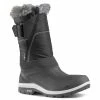
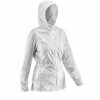
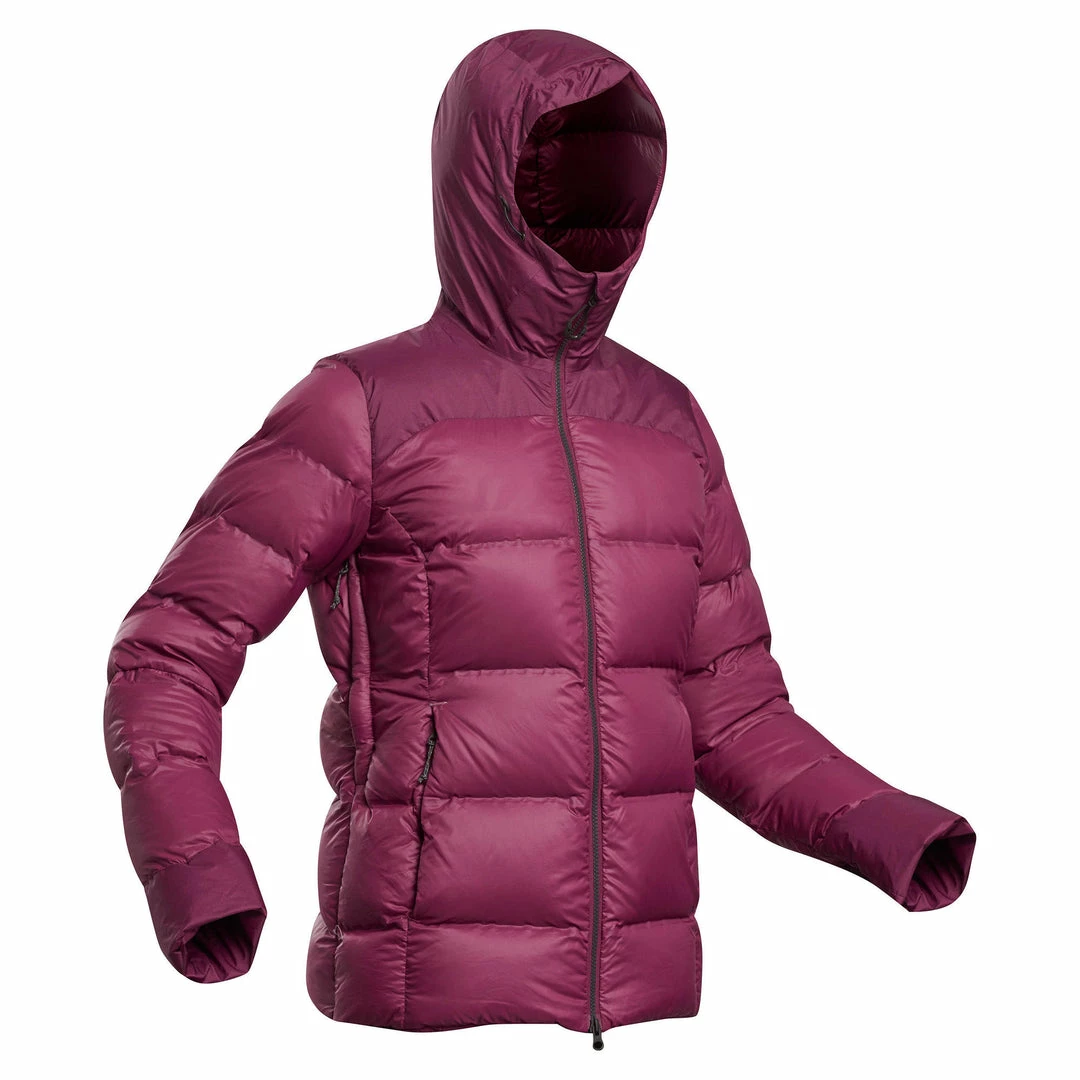




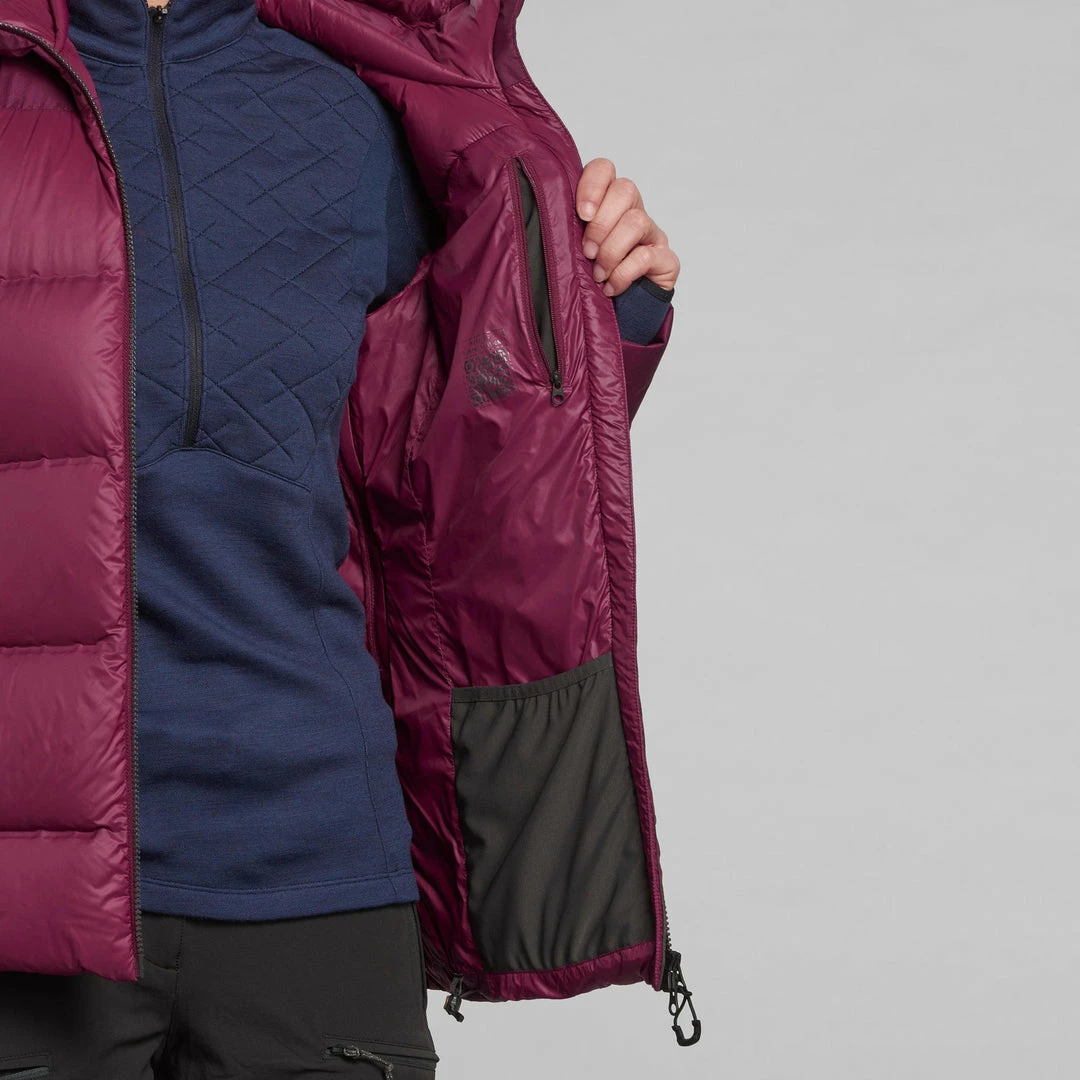


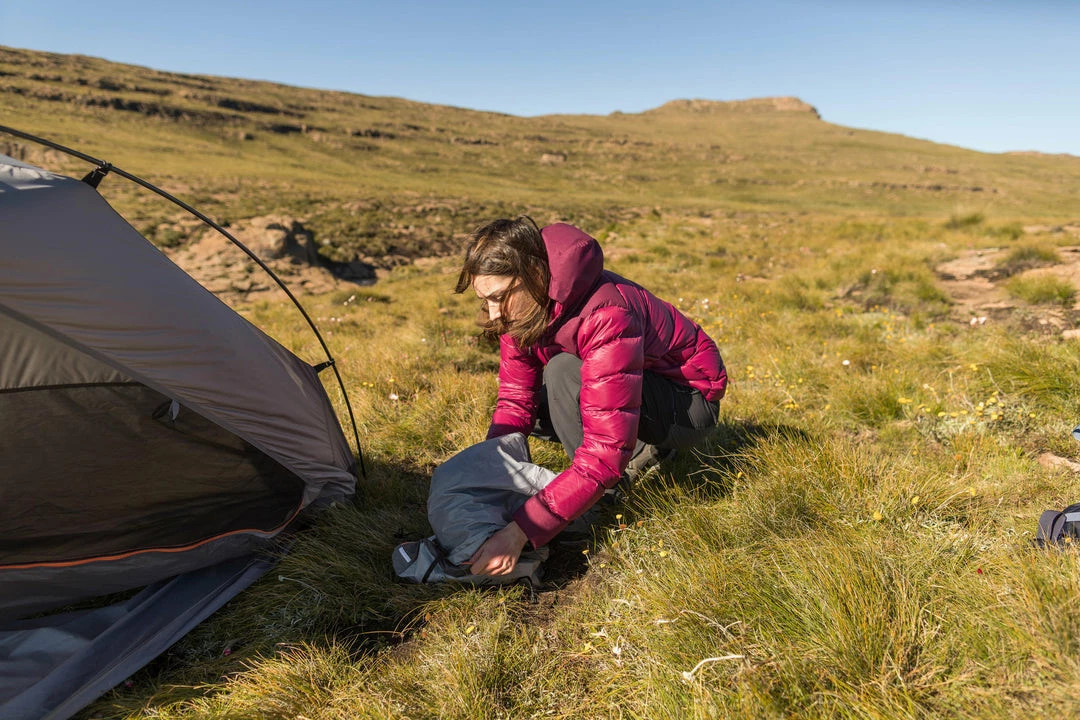
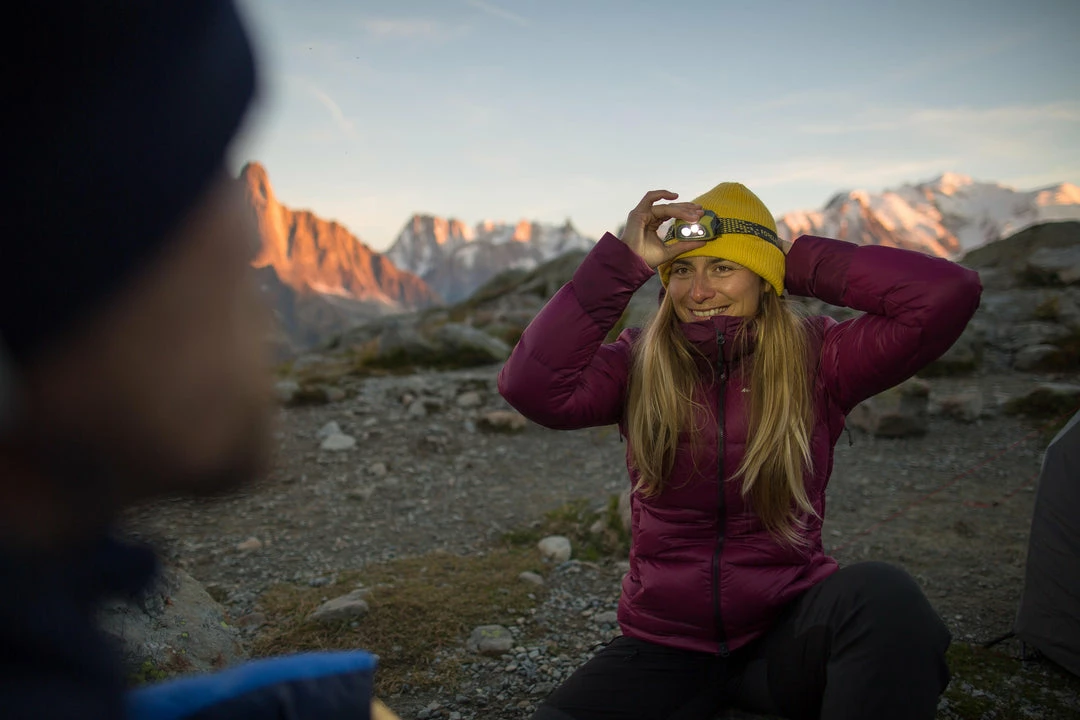
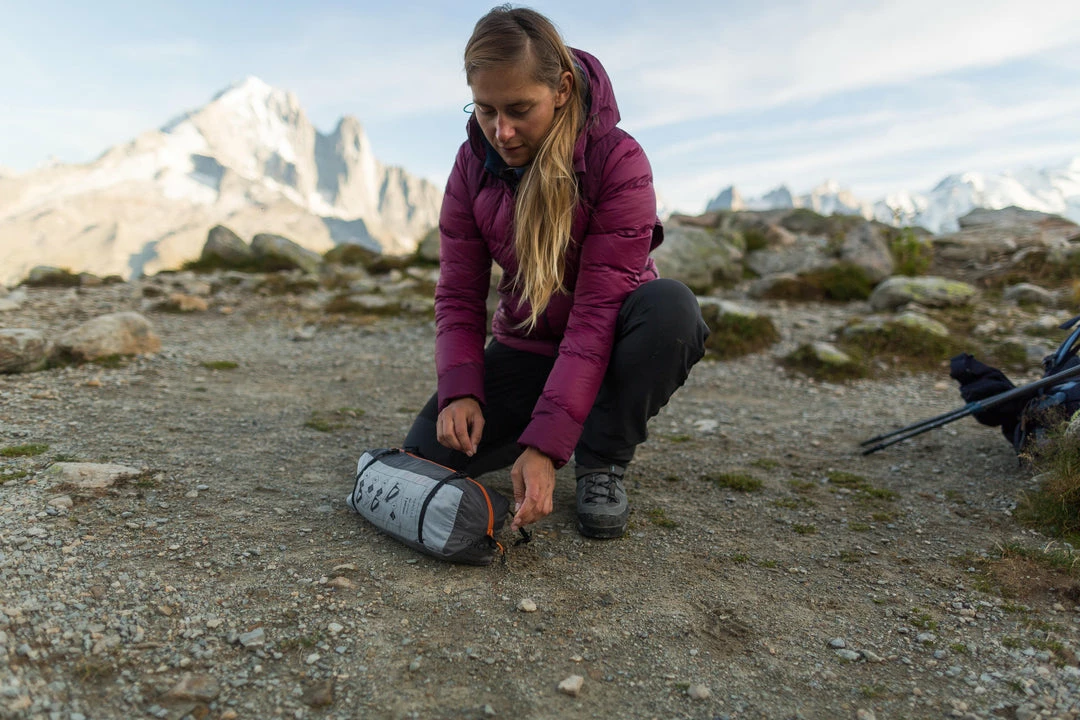


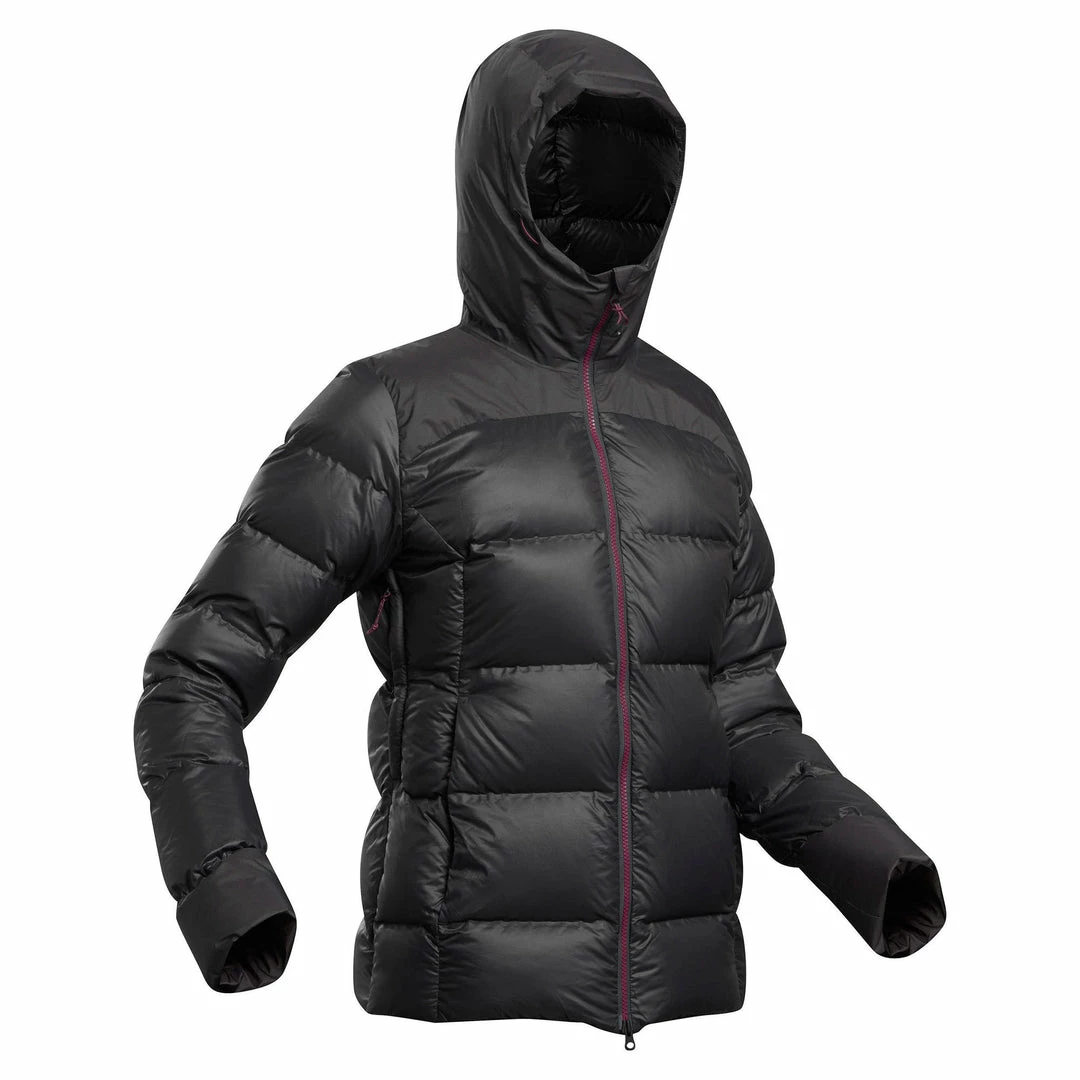
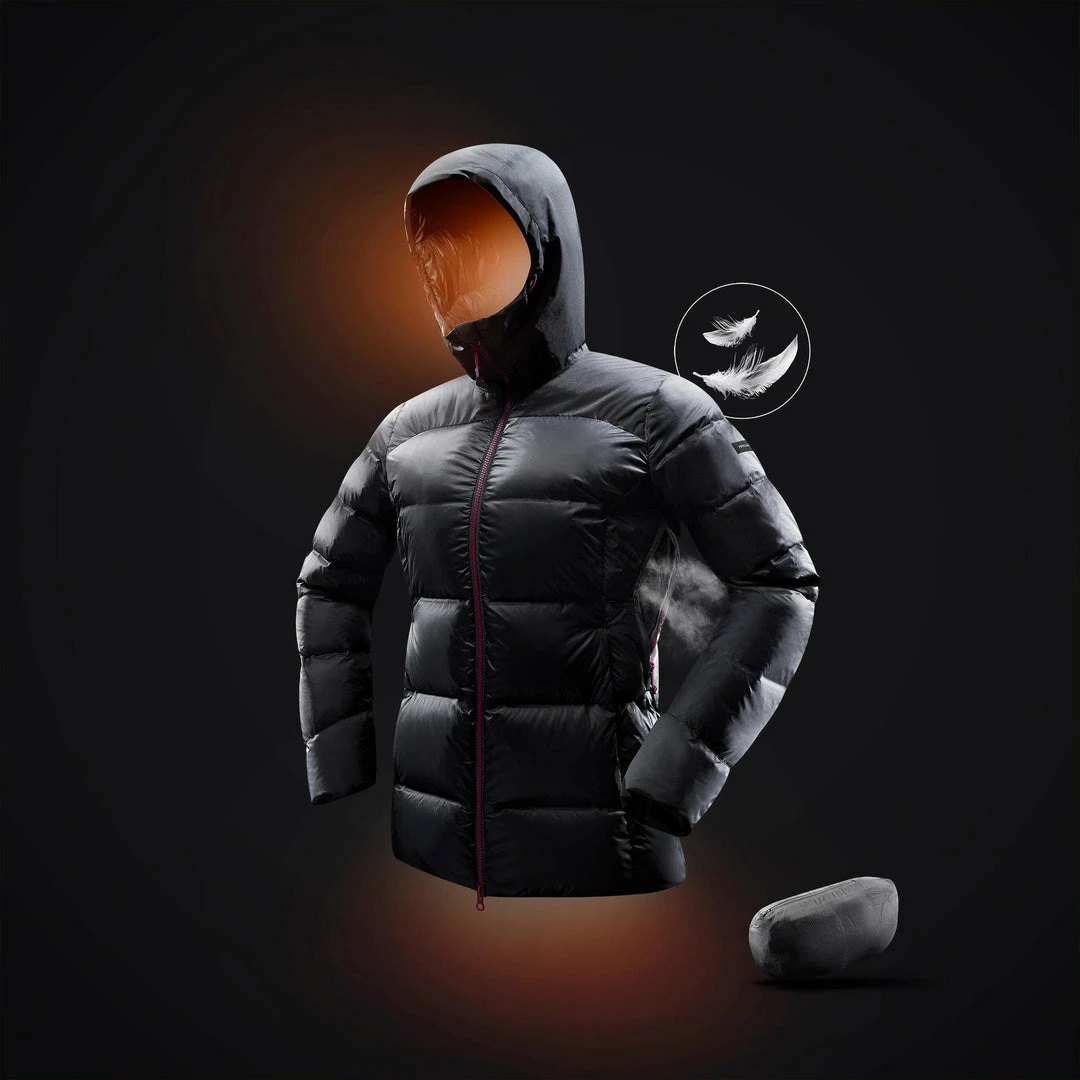

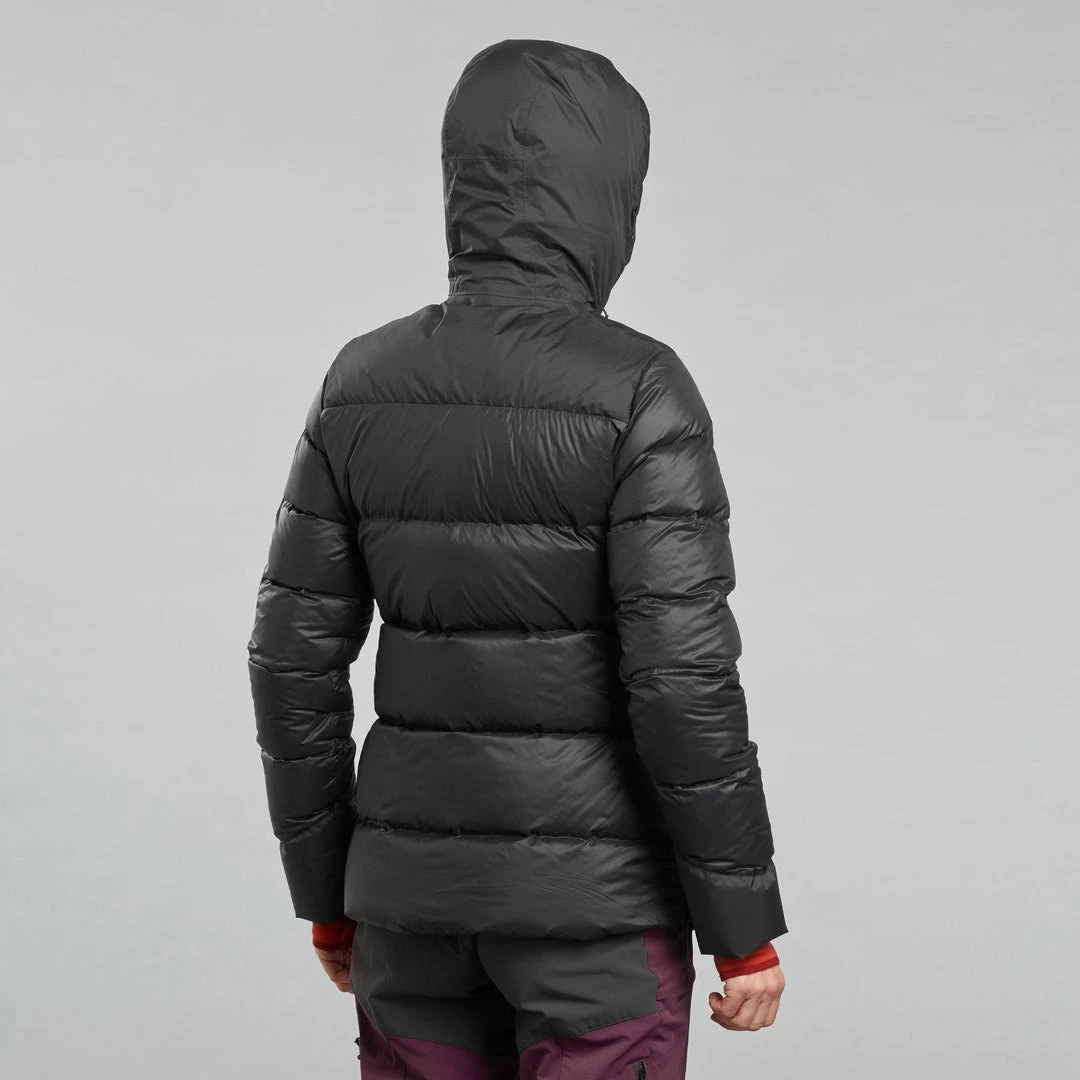

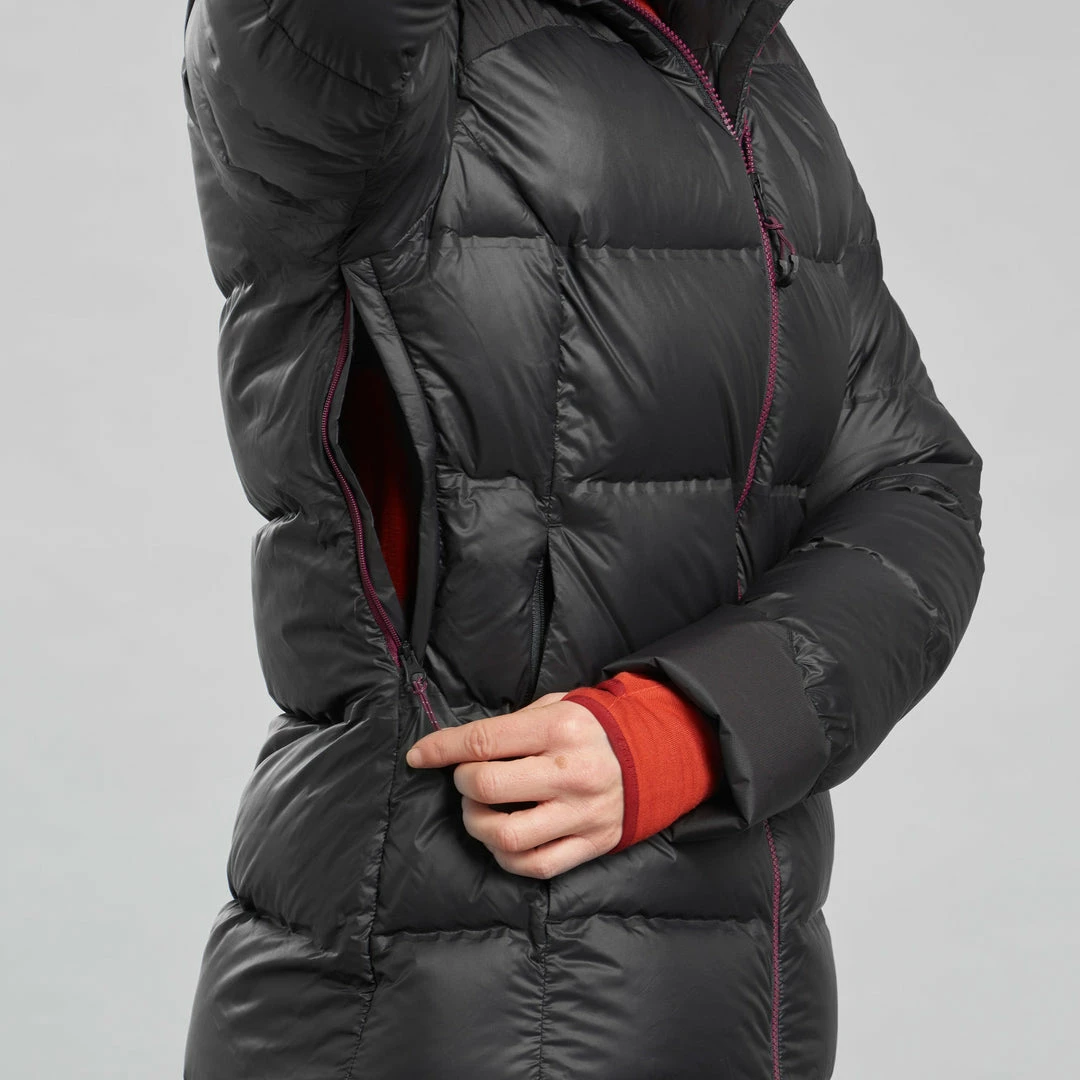

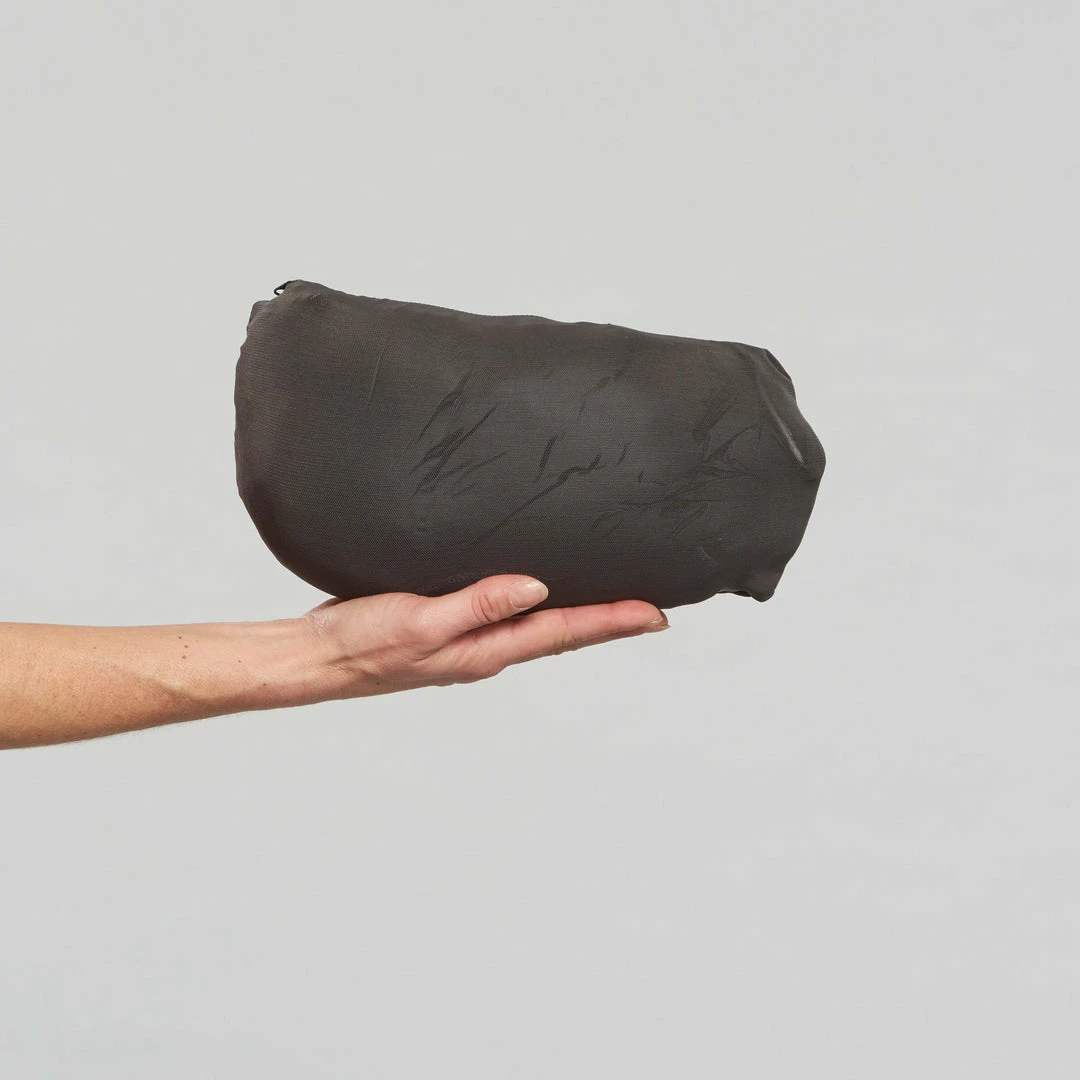




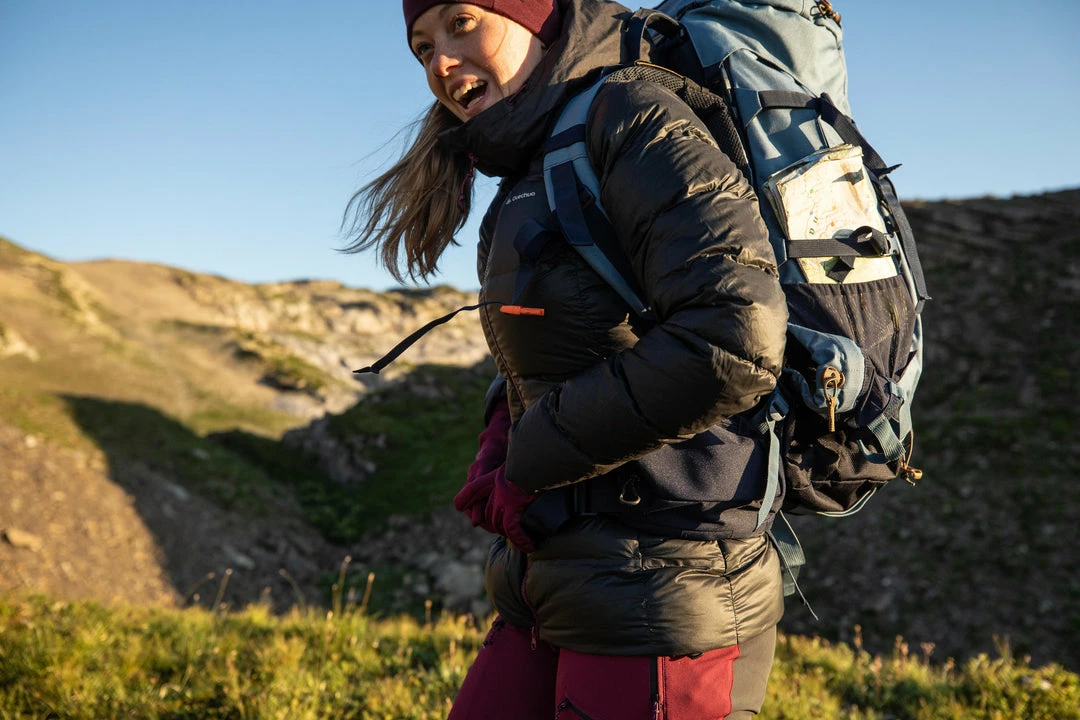




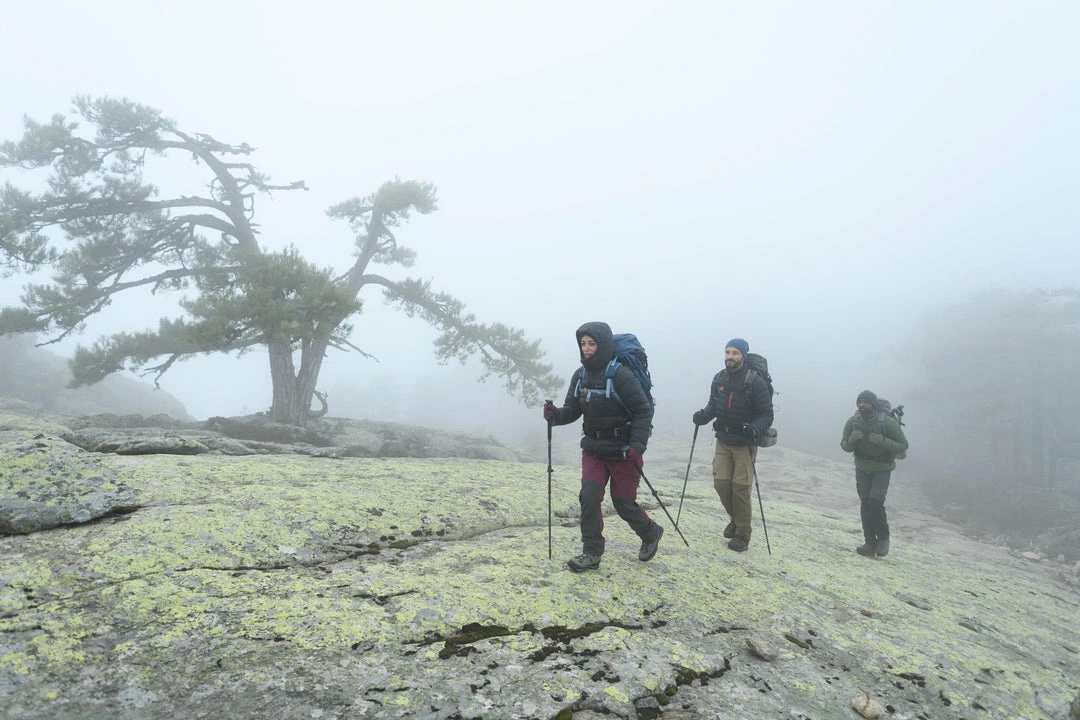



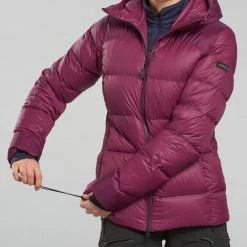
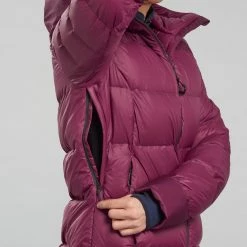




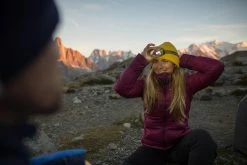

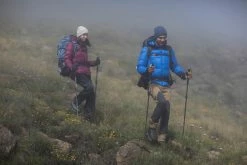






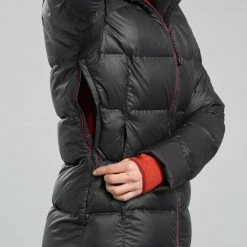

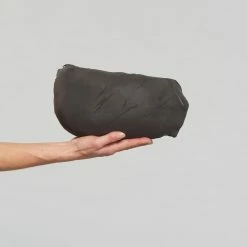
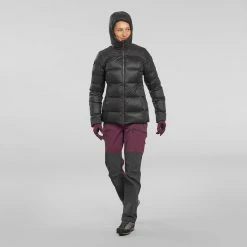






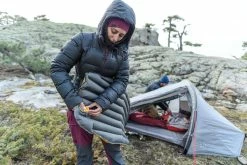










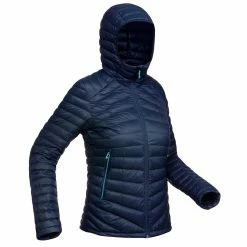
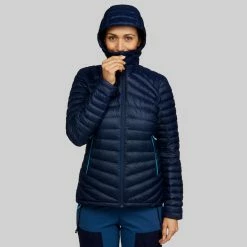






Reviews
There are no reviews yet.